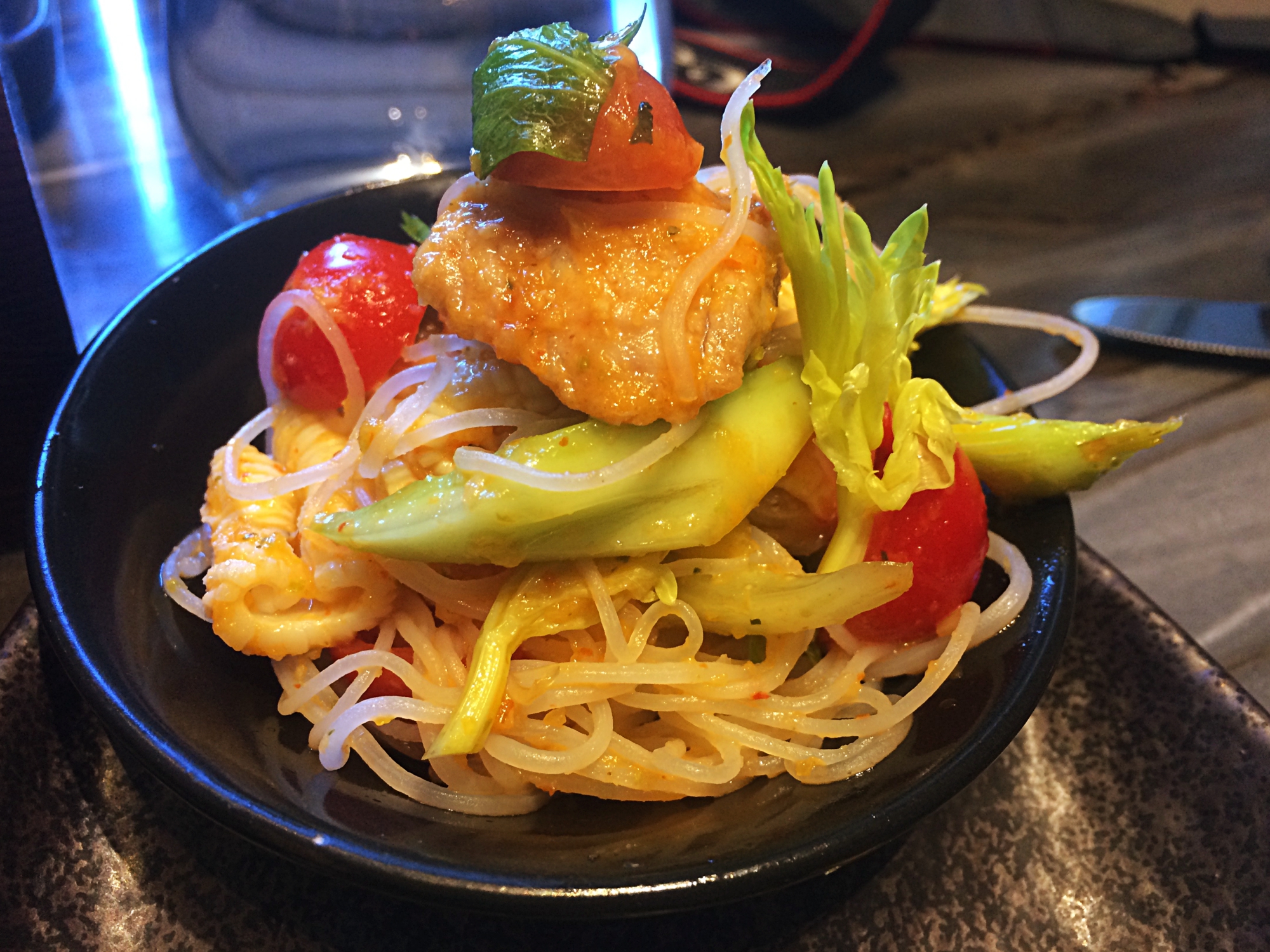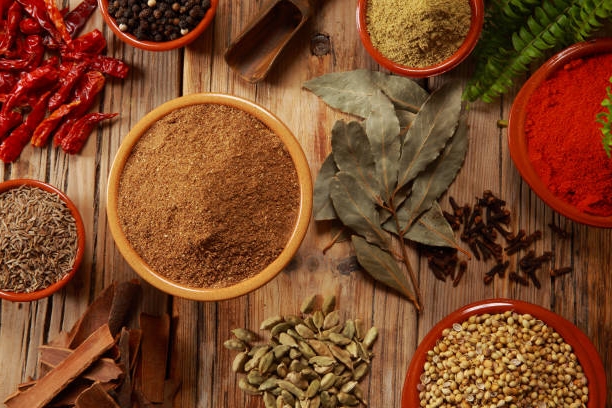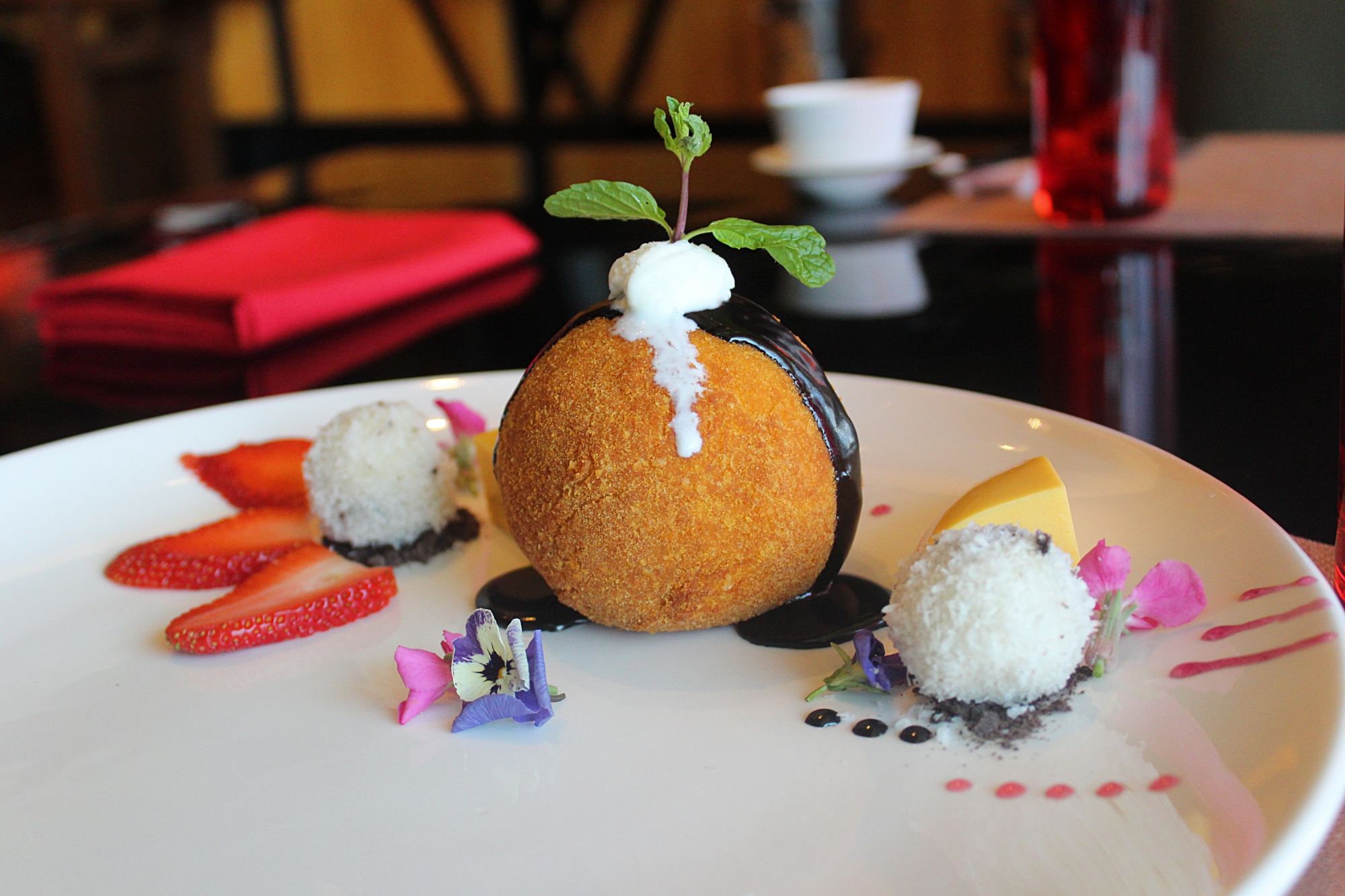Different Types of Noodles You Must Try
Noodles are a staple food in many cultures and cuisines around the world. From thin, delicate strands to thick, chewy egg noodles, noodles come in a variety of shapes, sizes, and tastes. Each type of noodle has its origin, preparation, and unique flavours. In this post, we will explore the different types of noodles, their origins, and how to prepare them for dishes. We will also go into the health benefits of noodles, different types of noodle cuts, and substitutes for noodles. Additionally, we will cover various seasonings and cooking tips to help you make the perfect noodle dish. Finally, we will discuss the best way to store noodles for optimal freshness. Join us as we explore the world of noodles!
Table of Contents
Types of Noodles
Noodles are a type of food enjoyed worldwide, with a variety of shapes, sizes, and textures available. They are made from a variety of ingredients, including wheat, rice, buckwheat, and other grains. Common noodles include ramen, spaghetti, udon, soba, somen, lo mein, and more. Each type of noodle has its unique flavour and texture, making them a versatile addition to many dishes.

Ramen, for example, is typically made with wheat flour and has a chewy texture, while soba noodles are made from buckwheat and are thinner and firmer. Udon noodles are thick and chewy, while somen noodles are thin and delicate. Lo mein noodles are thick and have a soft, slippery texture. Different types of noodles can be used to create a variety of dishes, giving cooks and chefs a range of options when it comes to creating delicious meals.
Origins of Different Noodles
Noodles have been around for centuries, with different types of noodles having their roots in various countries and cultures. In Asia, noodles are believed to have originated in China, where they were initially made from wheat flour and water. Noodles were also found in other East Asian countries such as Japan, Korea, and Vietnam. In Europe, noodles are thought to have originated in Italy, where they were made with durum wheat or semolina flour.
In the Middle East, Middle Eastern flatbreads such as couscous and bulgur wheat are commonly used to make noodles. In Latin America, noodles can be found in Latin American countries such as Mexico, Costa Rica, and Argentina, where they are made with a variety of flours such as corn, cassava, and wheat. Noodles have also been a staple food in many countries in Africa, with some of the most popular noodles coming from Ethiopia, Ghana, and Nigeria.
Preparation of Noodles
Noodles are an easy and delicious meal that can be prepared in many different ways. Preparing noodles involves boiling or soaking them in hot water, stirring them to prevent them from sticking together, and adding seasonings or sauces to give them flavour. Depending on the type of noodles, the cooking time can vary, generally between five and ten minutes. Once cooked, they can be combined with a variety of vegetables, proteins, and sauces to make a complete meal. When preparing noodles, it is important to keep an eye on them to ensure they do not overcook, as this can result in a mushy or slimy texture.
Popular Regional Noodle Dishes
Noodles are a popular dish in many different cultures and regions around the world. From the spicy ramen of Japan to the creamy carbonara of Italy, each region has its unique style of noodle dish. In East Asia, the most beloved noodle dish is the Chinese dan dan noodles, a spicy sesame-peanut sauce served over hand-pulled noodles. In Southeast Asia, the classic is Pad Thai, a stir-fried dish made with rice noodles, egg, shrimp, and peanuts. In Latin America, there’s the Mexican dish fideo, a toasted vermicelli cooked in tomato sauce. These are just a few of the many regional noodle dishes that have become popular around the world.
Health Benefits of Noodles
Noodles are an increasingly popular dietary staple around the world, and for good reason. Noodles are highly nutritious and can provide a wide range of health benefits. They are a great source of complex carbohydrates, providing sustained energy to fuel physical activities. Noodles are also a good source of B vitamins and minerals such as iron, selenium, and zinc. Additionally, noodles are low in calories and contain no saturated fat or cholesterol.
The lack of fat and cholesterol makes noodles a great choice for those looking to maintain a healthy weight. Noodles can also be a great addition to a balanced diet, as they can provide essential vitamins and minerals that may be lacking in other foods. All in all, noodles can be an incredibly nutritious food choice for those looking to stay healthy and active.
Different Types of Noodle Cuts
Noodles come in a variety of shapes and sizes, and the type of noodle cut you choose can drastically alter the flavor and texture of your dish. Some of the most popular noodle cuts include angel hair, chow mein, lo mein, fettuccine, and udon. Angel hair is thin and delicate, often used in light, flavorful dishes such as soups and salads. Chow mein is thick and chewy, perfect for stir-fried dishes and casseroles.
Lo mein is a thinner version of chow mein, usually used in noodle dishes. Fettuccine is flat and wide, and is most commonly used in pasta dishes. Udon is a thick, chewy noodle that is often served in Japanese dishes. Each of these noodle cuts can be used to make a variety of delicious dishes, so it is important to experiment to determine which type of noodle works best for you.
Substitutes for Noodles
Noodles are a popular food item enjoyed around the world, but they may not always be the healthiest choice. Fortunately, there are many delicious alternatives that can provide a nutritious and satisfying meal. Quinoa and couscous are two great options, as they are high in protein and fiber. For those looking for a low-carb option, spiralized vegetables such as zucchini or sweet potato make an excellent replacement for traditional noodles. Other healthy choices include rice noodles, buckwheat noodles, and shirataki noodles. All of these substitutes provide a flavorful and healthy meal that can be enjoyed guilt-free.
Seasonings for Noodles
Noodles are a popular and versatile ingredient in many cultures and cuisines. To get the most flavor out of noodles, it is important to choose the right seasonings. Commonly used seasonings for noodles include soy sauce, fish sauce, sesame oil, oyster sauce, and chili paste. To add a savory flavor, try adding garlic, ginger, and onions. For a milder taste, add a splash of rice vinegar or mirin, a sweet rice wine. Herbs like scallions, cilantro, and basil can also be used to add a unique flavor to noodles. With these seasonings, you can create a delicious and flavorful dish that will satisfy any palate.
Cooking Tips for Noodles
Noodles can be an easy and delicious addition to any meal. With the right tips and techniques, you can turn a simple bowl of noodles into a flavorful and satisfying dish. To get the most out of cooking noodles, start by choosing the right variety for the dish you are creating. Consider the type of sauce or flavor profile you want to achieve and then choose a pasta that will complement that flavor. When cooking noodles, always use plenty of water and give them plenty of room to move around in the pot.
To ensure a perfectly cooked noodle, allow them to simmer for the recommended amount of time on the package. Drain the noodles in a colander, but don’t rinse them with cold water. This will help preserve the flavor and texture of the noodles. Finally, be sure to season your noodles with plenty of herbs and spices to enhance the flavor. With these tips, you can create a delicious noodle dish that is sure to please.
Storage of Noodles
Noodles are a versatile food item that can be stored in a variety of ways. The most common way to store noodles is in an airtight container, such as a jar or plastic bag. This will help to keep them fresh for a longer period of time. Additionally, it is important to keep noodles away from direct sunlight to ensure that they do not become stale.
If you plan to store noodles for an extended period of time, freezing them is an ideal option. Just make sure that you wrap the noodles in plastic before freezing them to prevent freezer burn. Finally, it is best to store noodles in a cool, dry place to prevent them from becoming damp and soggy. With the proper storage methods, you can keep your noodles fresh and delicious for a longer period of time.
Noodles are a versatile food that can satisfy a wide variety of preferences. From different types and cuts of noodles, to regional dishes and health benefits, there is something for everyone. With the right preparation, seasonings, and storage tips, you can create delicious and nutritious dishes that are sure to please. Whether you’re looking for a quick snack or a comforting meal, noodles can be a great addition to your kitchen.



